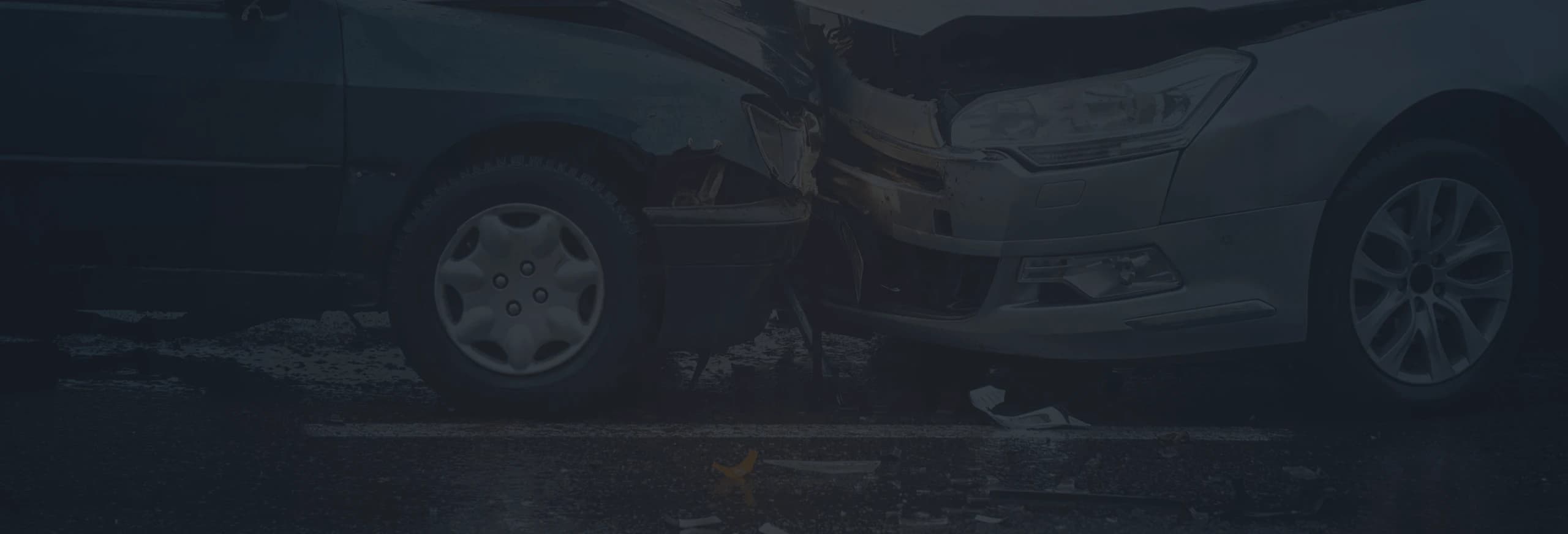
Workplace Accident Lawyer in Phoenix

A normal shift can flip in an instant. One loose scaffold plank, a forklift cutting a tight corner, or a slick warehouse aisle can send you to the ER before lunch break. Every year hundreds of Phoenix workers—from construction crews downtown to office staff in the Biltmore corridor—discover how quickly a workplace injury can throw household finances off track.
Arizona law expects employers to maintain safe conditions, yet accident reports keep rolling in. When medical appointments replace paydays and supervisors dodge your questions, it may be time to talk with a workplace accident lawyer in Phoenix. An experienced attorney can clarify benefit options, gather hard‑to‑reach evidence, and keep insurance carriers from stalling your recovery.
Below you’ll find why on‑the‑job injuries happen, how claims differ from routine workers’ compensation filings, and first steps that protect both your health and your paycheck.
Why Workplace Accidents Happen Around Phoenix
Phoenix leads the nation in construction growth and logistics hubs, creating busy job sites and distribution centers. Common triggers for injury include:
- Falls from height on condo builds near Roosevelt Row.
- Heat stress for landscaping crews enduring 110‑degree afternoons.
- Struck‑by incidents where warehouse drivers clip pedestrians at high‑volume loading docks.
- Repetitive strain in tech offices—wrists, elbows, and backs hurt by nonstop keyboard work.
- Electrical hazards when renovation teams hit hidden wiring in older midtown buildings.
The U.S. Bureau of Labor Statistics lists transportation, warehousing, and construction among Arizona’s highest injury sectors. Despite safety rules, production deadlines or staff shortages lead some companies to cut corners—leaving workers exposed.
For a free legal consultation with a Personal Injury lawyer serving Phoenix, call (844) 343-9609
The Legal Landscape: Beyond Basic Workers’ Comp
Standard workers’ compensation covers medical treatment and partial wages. Yet certain situations open the door to additional compensation:
- Third‑party negligence. If a subcontractor’s crane operator drops a load or a delivery driver rear‑ends your work truck, you may sue that outside party while still receiving workers’ comp.
- Defective equipment. Faulty harnesses, nail guns, or safety guards can spark a product‑liability claim against a manufacturer.
- Intentional employer misconduct. Arizona courts occasionally allow extra damages when evidence shows an employer knowingly ignored serious hazards.
These cases require deep dives into maintenance logs, safety manuals, or product design files—tasks a workplace‑injury attorney handles while you focus on healing.
Phoenix Workplace Accident Lawyer Near Me (844) 343-9609
Evidence That Strengthens a Claim
A Phoenix lawyer often moves fast to secure:
- Accident‑scene photos or security‑camera footage before files overwrite.
- Occupational Safety and Health Administration (OSHA) inspection records reflecting prior violations.
- Witness statements from co‑workers who saw safety shortcuts.
- Doctor notes linking injuries to the specific workplace event.
Gathering this material early prevents key details from fading when memory blurs or companies clean up trouble spots.
Click to contact our personal injury lawyers today
Real‑World Costs You Might Face
Injuries can ripple through every corner of life:
- Emergency care followed by specialist visits or physical therapy.
- Prescription costs for pain management or infection control.
- Lost overtime or bonus pay if you’re restricted to light duty.
- Child‑care or rideshare expenses when you can’t drive.
- Home modifications such as handrails, ramps, or ergonomic chairs.
The National Institute for Occupational Safety and Health (NIOSH) estimates indirect job‑injury costs—lost productivity, retraining, family caregiving—often double direct medical bills. Failing to include them in negotiations can leave families covering long‑term gaps.
Complete a Free Case Evaluation form now
How a Phoenix Workplace Accident Lawyer Supports You
- Clarifies benefit layers. Workers’ comp, short‑term disability, and third‑party suits can overlap. A lawyer makes sure one claim doesn’t cancel another.
- Coordinates medical experts. Independent specialists provide objective evaluations when employer‑chosen clinics minimize injuries.
- Handles insurer pushback. Adjusters may blame “pre‑existing conditions” or offer quick payouts that ignore future surgeries; an attorney keeps numbers realistic.
- Prepares for hearings. If the Industrial Commission schedules testimony, you’ll walk in knowing what to expect.
With legal weight behind the paperwork, you’re less likely to see claims buried under endless requests for “more information.”
Steps To Take Right After an On‑The‑Job Injury
- Report in writing to a supervisor as soon as possible—date, time, and how it happened.
- Seek prompt medical care and follow treatment plans; skipping therapy gives insurers ammo.
- Save every document—doctor notes, mileage receipts, HR emails.
- Keep a daily log of pain levels and task limits; small observations show how injuries disrupt life.
- Consult a lawyer early if benefits stall, medical bills pile up, or a third party may hold blame.
Quick action ties injuries firmly to the incident and keeps claim timelines clear.
Phoenix‑Specific Injury Concerns
- Extreme heat drives dehydration and fainting among delivery drivers and outdoor crews.
- Rapid urban development means tower cranes, concrete pumps, and multi‑employer job sites—perfect storm for miscommunication.
- Traffic density around freeway interchanges boosts accident rates for service technicians and rideshare drivers on the clock.
A lawyer who lives and works here understands these local pressures and the role they play when arguing negligence or forecasting future medical needs.
Authoritative Sources You Can Trust
- U.S. Bureau of Labor Statistics – Injuries, Illnesses, and Fatalities: annual data spotlighting Arizona’s high‑risk industries
- National Institute for Occupational Safety and Health (NIOSH): research on injury prevention and long‑term recovery.
- Arizona Division of Occupational Safety and Health (ADOSH): enforcement actions and employer safety resources.
Studying these agencies can help you understand why certain safety practices are non‑negotiable—and how lapses affect liability.
People Also Ask
Can I sue my employer after a workplace accident?
Workers’ comp generally bars lawsuits against your direct employer, but third‑party claims—against equipment makers or outside contractors—remain on the table. An attorney can identify potential targets beyond basic benefits.
What if my supervisor tells me to use vacation days instead of filing a claim?
Using personal leave won’t pay medical bills or protect wage benefits. Document the request, file the claim anyway, and discuss possible retaliation with legal counsel.
How long do I have to act?
Workers’ comp reports should be filed promptly—ideally within 1 year. Third‑party injury suits follow Arizona’s two‑year statute of limitations. Evidence fades quickly, so earlier is always better.
A sudden workplace accident can bring pain, paperwork, and financial uncertainty all at once. While Arizona’s workers’ compensation system offers a foundation, it doesn’t always capture every dollar lost—or hold every negligent party accountable. A seasoned workplace accident lawyer in Phoenix can sort overlapping claims, lock down missing evidence, and push for a resolution that respects both your immediate needs and future challenges. When you’re ready to steady your footing, professional legal support can make all the difference.
For a free consultation, call (844) 343-9609
Get an agent on the line in seconds
Responsive
Legal Assistance
Our personal injury attorneys advocate for the funds necessary to cover bills, secure medical treatment, recoup lost wages, and provide compensation for your pain and suffering.
Are you facing unfair treatment from the insurance company?
Do you know the value of your case?
Is the insurance company asserting that the accident is your responsibility?

We'll get back to you ASAP.
Get Your Free Consultation
You Pay Nothing Unless We Recover Compensation For You
